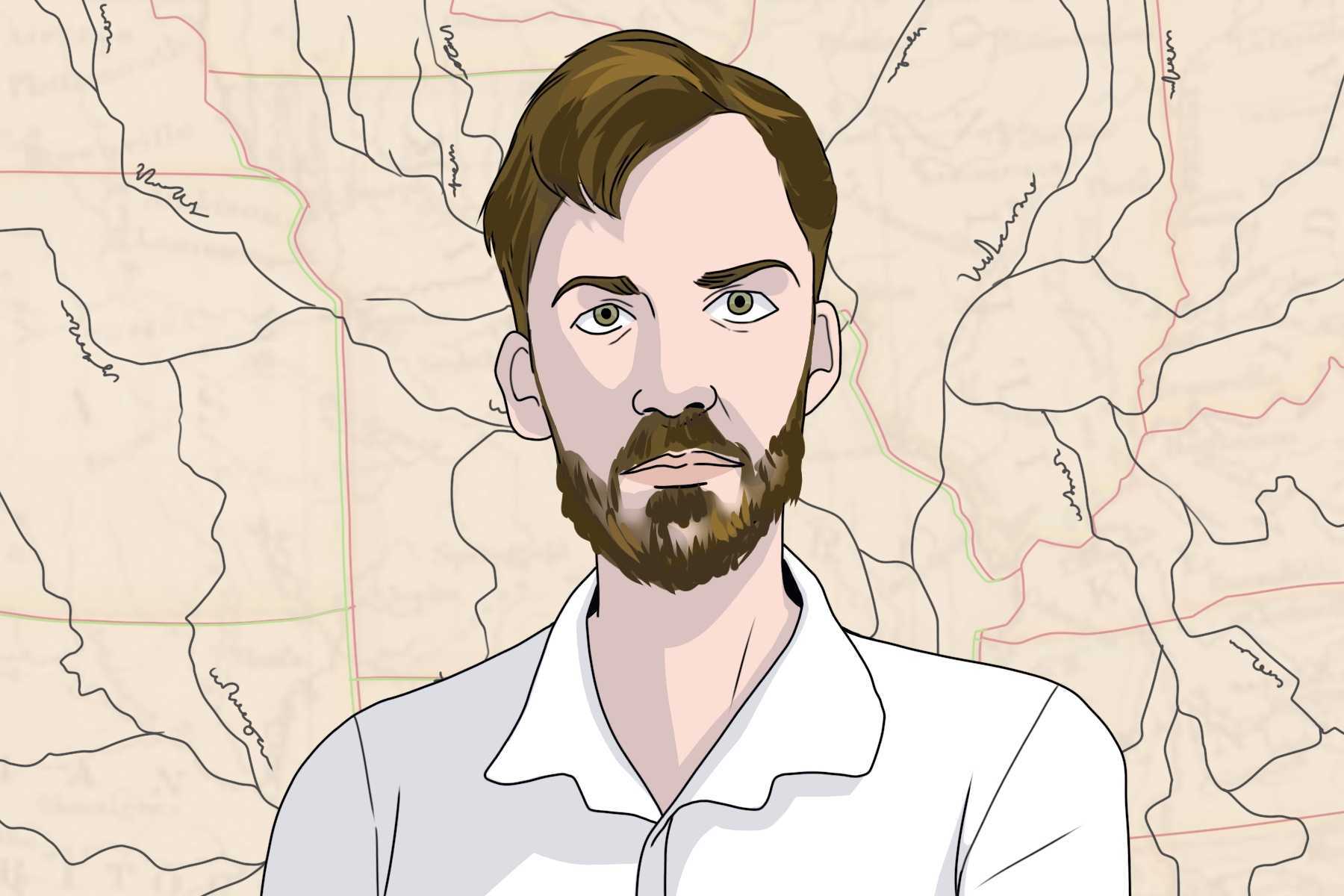The Himalayas are not a hospitable place to call home. With peaks and ridges that rise to more than 4,000 meters above sea level, the remote territories that flank the world’s most dangerous mountains are home to some of the most isolated societies, one of which is the Tibetan people. The Tibetans are an East Asian ethnic group that largely relies on small-scale agriculture and goat herding to survive, and over the course of hundreds of years, they have developed a fascinating culture of Himalayan Buddhism within a semi-nomadic society.
They have flourished in the absence of government or borders, yet in recent years the People’s Republic of China has sought to strengthen its claims to its Tibetan autonomous region. It has imposed a firm border, severing many Tibetan communities and challenging the mobility that the culture has relied upon for nearly a millennium. It is one of the most fascinating geopolitical events transpiring today and requires an extensive understanding of how borders define and impose challenges upon cultures and identities. It also requires an extremely knowledgeable and communicative teacher to explain it. It requires Johnny Harris.
The name is likely unfamiliar to most, yet for those who frequent the educational side of YouTube, Harris’ name is as familiar as any. An independent online journalist who has never held long-term employ with any major publication, Harris is the golden example of what one educator can accomplish through a carefully refined approach to teaching. The hallmark of Harris’ content is his fixation with untangling the complex webs of issues that underly past or ongoing geopolitical strife.
His video on the Tibetan border crisis was produced in partnership with Vox Media and is one episode in a series of explanatory videos profiling border conflicts, Harris’ specialty. The content of the Vox series is incredibly similar to that found on his personal channel, which is a catalog of long-form video essays that has amassed nearly 3 million subscribers. At first glance, there may appear to be nothing particularly revolutionary about Harris’ approach to storytelling; however, his creative form is incredibly refreshing when compared to the history education most Americans receive.
In most classrooms, history is taught as a neat, causal sequence of events that can be studied by analyzing each part of the chain in order. The inconvenient realities that causality in the real world is not so orderly and adequate storytelling requires multiple, often conflicting perspectives, are of no consequence in these academic environments. What is excessively complex is often cast aside in favor of clear, boring narratives that often reinforce some neat moral or lesson that textbooks have manufactured to make the teaching of history easy.
Focusing on the complexities of historical and current events is Harris’ bread and butter, and no detail is too minute to cover if it is essential to a complete understanding of the truth. Though Harris seeks to cover the stories he explores completely, he often is honest about his shortcomings as an individual journalist who cannot always delve into all of the lived experiences connected to his narratives.
He also often touches upon an essential variety of foundational questions concerning the way history is taught and covered. What does it mean to tell a story that involves conflicting accounts or disagreement over what happened? How do the stories we tell about ourselves construct or relate to orders of being? What does it even mean to tell an accurate story in the first place?
No matter what subject is covered in his videos, Harris always uses one important yet often overlooked tool: maps. Despite the fact that many people only use maps in digital form to determine the quickest way to the nearest Starbucks, Harris centers maps as an essential tool of teaching, giving a concrete sense of place to the locations that are a part of his videos.
Harris breathes life into the maps he uses, not only animating them as a geopolitical tale unravels but speaking in real time to specific events that can be clearly seen in the changes in political and social borders. People often view maps as static representations of the way the world exists and perhaps has always existed, yet an important component of Harris’ usage of maps is to show precisely how unstable our sense of place can be, and how much of history shows us that boundaries around nations are almost always in flux.
Every one of Harris’ videos can exemplify the dynamism of his map usage, though his video on Russia’s historical eastward territorial expansion is a particularly salient example. The video begins with a scale comparison of the geographically largest nations today, a comparison that makes clear the Russian Federation’s sheer size. Harris then inserts images of Russia’s many borders, spanning from the Baltic states to China and North Korea. It is a compelling introduction that builds immense intrigue about the way in which this impossibly large nation came to be. Harris then begins telling the tale of Russia’s gradual rise from regional Viking power to nascent empire and eventually sprawling Communist regime eager to solidify its grasp over its diverse periphery states.
Throughout the explanation Harris cuts between the perpetually growing borders on a contemporary political map and shots of primary source maps crafted at various points during Russia’s history, adding a temporal dimension to the geographical expansion. The viewer sees Russia’s growth the way citizens of the world several hundred years ago saw it, juxtaposed against the clips and imagery of the modern Russia the world instantly recognizes. It is a novel but moving way to tell a national history and is just the tip of the iceberg for what Harris is capable of.
Some of Harris’ videos amount to neutral observations of geopolitical change, though oftentimes his most powerful work deals with the murky politics behind certain international events. “How the US Stole Iraq” is the ultimate manifestation of this form, a perfectly crafted video essay that explores the complex knot of motivations and decisions that prompted the Iraq War. The manufactured reasons for infringing upon Iraq’s sovereignty in 2003 are carefully scrutinized, and Harris uses maps to underscore the absurdity of the conflict.
Harris uses maps of the Middle East to first clarify the differences between Iraq and Afghanistan in the early 2000s, but also cover the United States’ intended military strategy for toppling Saddam Hussein’s regime and seizing the country’s oil reserves. Most Americans do not have a sense of Iraq’s geography despite the nation’s nearly two-decade-long involvement in the nation, and Harris’ mapping of the country serves to display the recklessness of the politicians who facilitated the invasion. Harris continues by mapping the power vacuum that was born following the collapse of Hussein’s regime and the subsequent rise of the Islamic State. It is the visualization of a narrative that does not receive much attention today, made more palpable by being able to see the political collapse of a large nation as it appeared on world maps.
Maps most clearly tell the story of the way the world is or was, yet Harris goes one step beyond and uses them to show how the world could be. In a video detailing the extent of the United States’ military presence, Harris poses a hypothetical scenario in which Spain is the pre-eminent global power and thus sets up military bases around the world. Harris then shows the viewer a fictionalized map of Fayetteville, North Carolina, a typical small American city but one that plays host to an extensive Spanish base in the hypothetical scenario.
The mapped base contains extensive facilities, Spanish residences and dangerous armaments, all amid the familiar Americana scenery. The looming presence of a foreign power’s military within United States territory is an unsettling notion for American citizens, but Harris’ point is to show that this scenario is the reality for many nations who play host to American bases yet are unsettled by the American military-industrial complex. It is almost impossible to imagine this reality from an American perspective, yet Harris fully realizes these fears with the simplicity of an original map.
No educator or online journalist has done as much with such a simple format as Johnny Harris, who continues to teach us that complex stories do not require complex resources to be told. The roads of history are windy and hard to understand, yet Harris is always there, ready to map them and show us how they lead to our present moment.

















